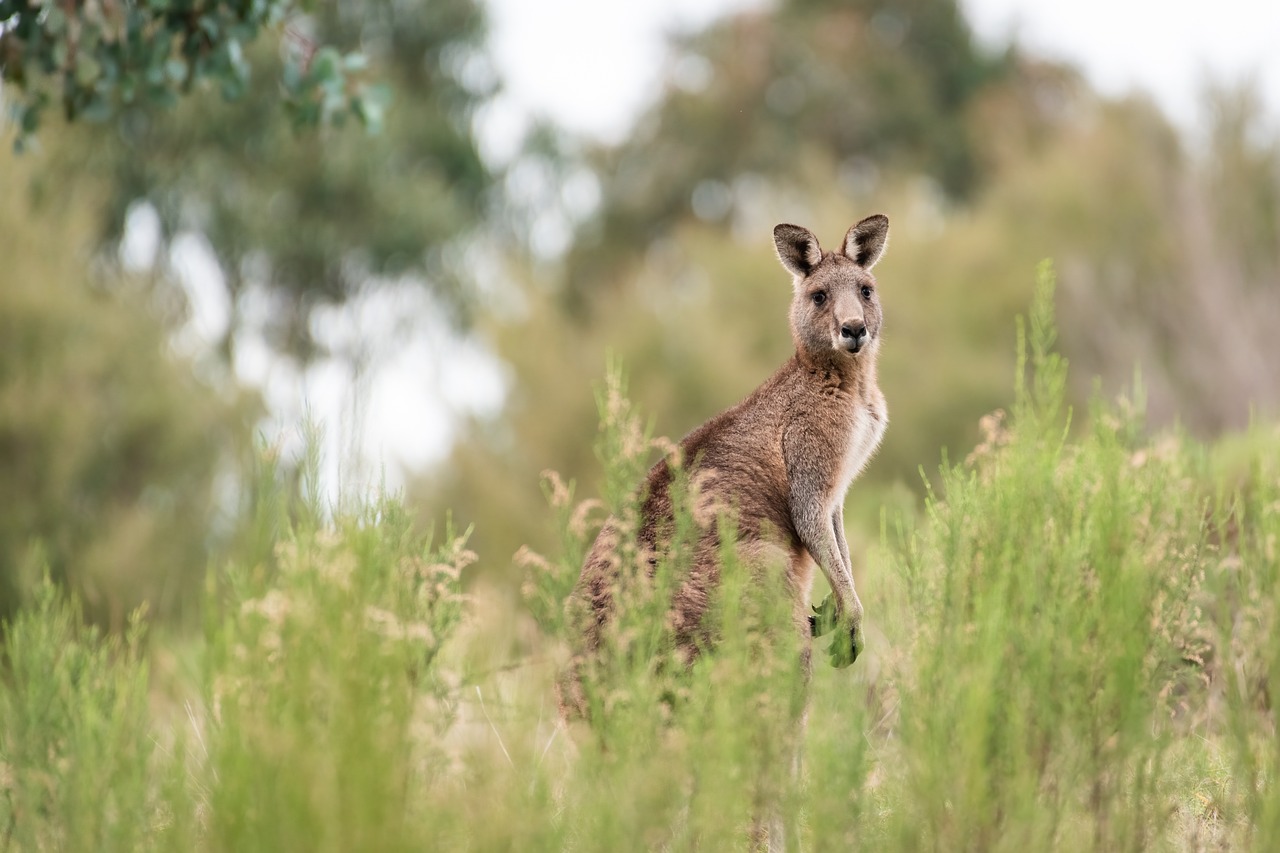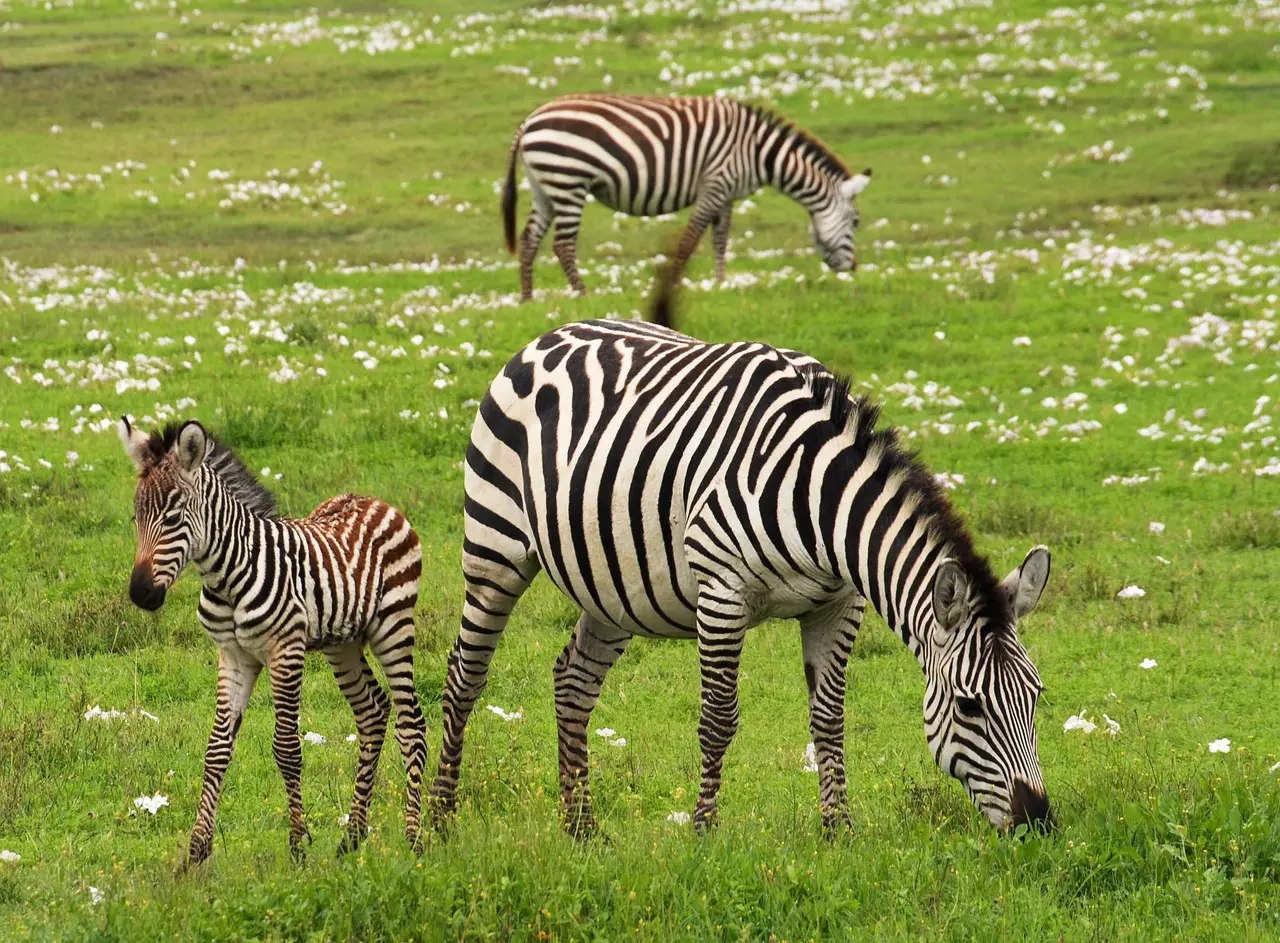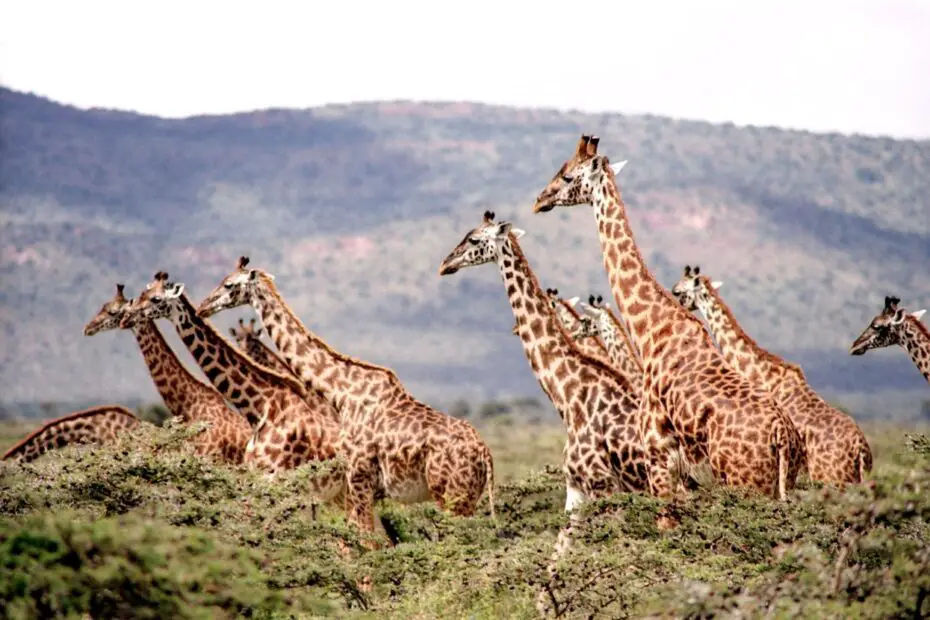In the vast tapestry of the animal kingdom, there exists a diverse group of animals that only eat plants. From massive land-dwelling mammals to graceful marine species, herbivorous animals play a crucial role in shaping ecosystems and maintaining the balance of nature.
In this article, we dive into the fascinating world of animals that exclusively eat plants, exploring their adaptations, ecological significance, and the importance of conservation efforts.
You may also want to read about the top 8 amazing grassland animals.
Herbivorous Animals: A Diverse Group
Understanding Herbivory
Herbivory is the consumption of plants as the primary source of nourishment. Herbivorous animals have evolved specialized anatomical and physiological adaptations to extract nutrients from plant matter efficiently. Their diet consists of various plant parts, including leaves, stems, fruits, and seeds.

The Importance of Herbivores
Herbivorous animals play a vital ecological role as primary consumers in food chains. By consuming plant material, they transfer energy from plants to higher trophic levels, supporting the entire ecosystem. Their feeding behaviors influence plant distribution, nutrient cycling, and even seed dispersal, contributing to the diversity and resilience of ecosystems.
Adaptations for Plant-Based Diets
Teeth and Digestive Systems
Herbivores have unique dental adaptations to process plant matter effectively. They possess specialized teeth, such as broad molars and incisors for grinding and slicing fibrous plant material. Additionally, their digestive systems are designed to break down complex carbohydrates found in plants using specialized enzymes.
Specialized Gut Microbiota
Many herbivorous animals have a symbiotic relationship with microorganisms in their digestive systems. These microorganisms, including bacteria and protozoa, help break down cellulose and other plant components that the animal’s own enzymes cannot digest. This collaboration enables herbivores to extract nutrients from their plant-based diet efficiently.
Examples of Animals That Only Eat Plants
Elephants: The Gentle Giants
Elephants, the largest land mammals, are herbivores with an impressive appetite for vegetation. They consume a wide array of plants, including grasses, leaves, bark, and fruits. Their size and browsing behavior allow them to shape the landscape, creating open areas and dispersing seeds as they move through their habitats. Elephants have a significant impact on the ecosystems they inhabit, making them essential for maintaining biodiversity.
Gorillas: Forest Dwellers
Gorillas, our closest living relatives, are herbivorous primates found in the dense forests of Africa. They primarily feed on leaves, shoots, and stems, but also consume fruits and seeds. Gorillas play a crucial role in seed dispersal, contributing to forest regeneration and the survival of many plant species. Their presence in the ecosystem influences vegetation structure and helps maintain the delicate balance of their forest habitats. Gorillas are animals that only eat plants.
Herbivory in the Marine World

Manatees: Gentle Grazers
Manatees, also known as sea cows, are herbivorous marine mammals that inhabit warm coastal waters and rivers. They primarily feed on seagrasses, aquatic vegetation, and freshwater plants. Manatees are well-adapted to their plant-based diet, using their large, paddle-like flippers and specialized lips to graze on underwater vegetation. Their feeding habits support the health and vitality of seagrass meadows, which serve as essential habitats for a variety of marine species. Manatees are animals that only eat plants.
Green Sea Turtles: Seagrass Specialists
Green sea turtles are iconic marine reptiles that are primarily herbivorous, with a diet consisting mainly of seagrasses and algae. Their specialized jaws and serrated beaks allow them to graze on seagrass beds, playing a critical role in shaping and maintaining these valuable coastal ecosystems. Green sea turtles are also important seed dispersers, as they consume fruits and seeds from coastal plants and transport them to different areas.
Ecological Significance of Herbivorous Animals
Seed Dispersal and Plant Regeneration
Herbivorous animals contribute to the dispersal of seeds through their feeding behaviors. They consume fruits and seeds, and the undigested seeds are often excreted in different locations, aiding in plant colonization and increasing plant diversity. This process is vital for forest regeneration and the survival of plant species.
Maintaining Ecosystem Balance
Herbivores play a crucial role in maintaining the balance of ecosystems. By controlling plant populations, they prevent overgrowth and the dominance of certain species. This allows for the coexistence of diverse plant communities and supports a range of other organisms that depend on specific plants for food and shelter.
Herbivores and Conservation
Threats to Herbivorous Species
Herbivorous animals face numerous threats, including habitat loss, poaching, climate change, and human-wildlife conflicts. Loss of their natural habitats and the depletion of food sources directly impact their survival. Protecting these species and their habitats is essential for maintaining healthy ecosystems and biodiversity.
Protecting Habitat and Ensuring Coexistence
Conservation efforts aimed at preserving herbivorous animals and their habitats are crucial. This involves creating protected areas, implementing sustainable land-use practices, and promoting responsible tourism. It is vital to foster harmony between human activities and the needs of herbivorous species to ensure their long-term survival.
Conclusion
Herbivorous animals, with their specialized adaptations for consuming plants, play an integral role in ecosystems worldwide. From elephants and gorillas on land to manatees and green sea turtles in the oceans, these animals contribute to seed dispersal, maintain vegetation balance, and support the overall health of their habitats. Protecting these species and their habitats is vital for maintaining biodiversity and ensuring the resilience of our natural world.
FAQs
- Are there any herbivorous animals that eat exclusively one type of plant? While many herbivorous animals have diverse diets, some species, such as koalas that feed primarily on eucalyptus leaves, have specialized preferences for certain types of plants. However, most herbivorous animals have a varied diet, consuming a range of plant species to meet their nutritional needs.
- Do herbivorous animals get enough nutrients from a plant-based diet? Yes, herbivorous animals have evolved unique adaptations to extract and process nutrients from plants efficiently. They often have specialized digestive systems and gut microbiota that aid in breaking down complex plant materials and extracting nutrients. Additionally, they may consume a large volume of plant matter to meet their energy requirements.
- Can herbivorous animals switch to a meat-based diet if needed? While some herbivorous animals may opportunistically consume small amounts of animal matter, their physiological adaptations are primarily geared towards processing and digesting plant material. They are not equipped to thrive solely on a meat-based diet and may face health issues if forced to switch.
- Are there any risks associated with herbivorous animals damaging crops or gardens? In certain situations, herbivorous animals may come into conflict with human activities, especially when their natural habitats have been disrupted. Measures such as fencing, deterrents, and crop rotation can help mitigate these conflicts and protect both the animals and human interests.
- How can individuals contribute to the conservation of herbivorous animals? There are several ways to support the conservation of herbivorous animals. These include supporting and promoting protected areas, practicing sustainable land-use and agricultural practices, raising awareness about the importance of herbivores in ecosystems, and contributing to organizations that work towards their conservation.
